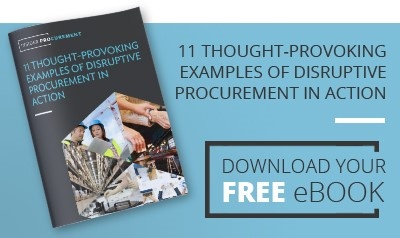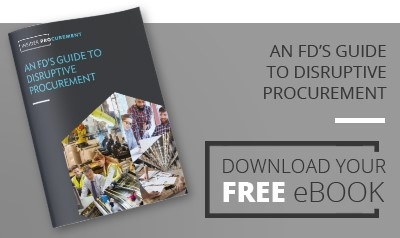I regularly meet C-suite executives attempting to drive the adoption of best practice procurement in their business believing that this will lead to better cashflow, profit and a more resilient supply chain. However, I often see sub-optimal results from this approach with some organisations missing opportunities to improve enterprise value. It’s counter intuitive but a simple shift in thinking will drive more value.
In uncertain times, when cash and growth are key objectives for survival, you might need to consider more than best practice.
Why best practice can lead to mediocre results
The usual definition of best practice goes something like this; “the way of doing things that is accepted as being correct or the most effective.” In other words, it’s the way everyone else does it. And that is where the problem starts.
If business is inherently a competitive game, then by definition, copying your peers means you’ll be as good as them. Which is fine, provided that either;
- You aspire to being average
- Your business model means that the incremental benefits of “best practice” are irrelevant. e.g. your people or product are consistently much better than the competition for roughly the same cost.

The simple shift in thinking which unlocks £ms
In my blog on Why (I don’t hate Sunday anymore), I referred to one of our Insider values “It Starts with Me”. The same is true here. It starts with you and how you frame the problem.
I always recommend asking yourself 2 simple questions;
1. What do we really need to be better at this?
2. What is our “next practice” i.e. what is the best way of doing things given our specific circumstances?
These questions inspire the shift which unlocks £’s in additional cash and profit. In mid-cap businesses I’ve seen this approach lead to £2-3m on the bottom line in less than 90 days. Exciting stuff. And highly likely where external supplier spend is more than 20% of turnover.
Sound to simple to be true? 3 Steps to unlock the £ms
- Be single-minded
- The challenge for most management teams isn’t “what can we improve” but “what must we improve”. That’s a very high bar. You cannot be “best” at everything and trying everything risks spreading resources too thin and being best at nothing. Make a stand for the things that matter and be brave enough to let other fires burn.
- With our customers we use a customised version of the strategy canvas made famous by Chan Kim and Renée Mauborgne in Blue Ocean Strategy. Feel free to Link-In or DM me if you want a copy together with our notes on how to use it in the procurement context.
- Be open-minded
- Consider all options and think broadly. Once you’ve decided what you really need to do to be better, focus on what is the next most critical step in the context of your organisation. This means considering everything from your strategy and objectives, to external market dynamics through to culture and people. Your next practice has to add the value you need and be executable (consistently) by your team.
- It is tempting to look at peers or other businesses you admire and follow their best practice. But remember, they aren’t you and it is almost certain they aren’t operating in the same market context. I hate to break it to you, but your IT team are not as talented as the folks at Apple and your COO isn’t Sheryl Sandberg.
- Get your A team on the same page early
- Ensure that where it really matters, you play your best cards. Sometimes you’ll have the right players in your business, other times you’ll need to recruit or hire a consultant. Remember, that experience can accelerate value by months and make the difference between a good year and a bad one.
- Take the time to make sure everyone is on the same page. Slowing down at the start for this crucial step will drive faster (and usually better) results.
To help you decide if you are potentially leaving £m’s of cash, profit and enterprise value on the table feel free to download our Disruptive Procurement eBook.


